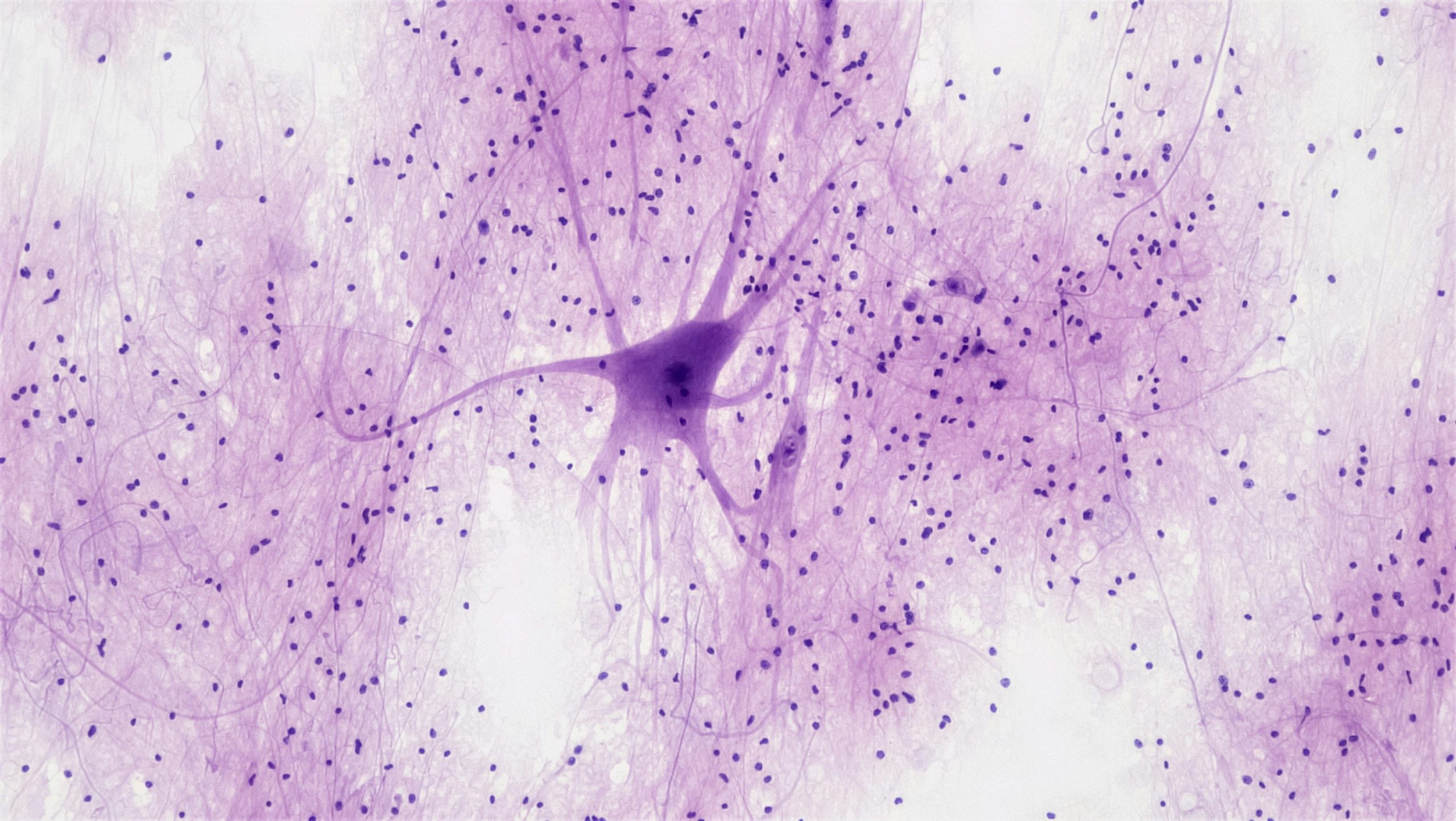By Stella Stylianides Da Silva, James Allen’s Girls’ School, London
We owe a great deal for our current understanding of the immune system to a theory developed in 1957. The clonal selection theory for the formation of antibodies is considered the most important discovery in immunology in the last 100 years. In his paper “A Modification of Jerne’s Theory of Antibody Production using the Concept of Clonal Selection”, in the Australian Journal of Science, Dr Frank Macfarlane Burnet proposed that a large number of cells that can release antibodies already exist in the body and these cells are genetically designed to produce a unique antibody specificity. The idea that specificity for diverse antigens already exists, before antigens are encountered, was a radical concept at the time, but became widely accepted and still holds today despite attempts to disprove it. At the same time, David Talmage, in the USA, proposed a similar model in his paper for the Annual Review of Medicine. It was Burnet, however, who additionally predicted that diversity of antibody specificities needs a cellular mechanism to randomize and create diversity.
Before the clonal selection model, effort to understand why a large repertoire of antibody specificities exists focused on ‘instruction’ theories. These proposed that antigens acted as templates for the formation of antibodies. Where they fell short was a lack of explanation for the presence of a secondary immune response or for affinity maturation. In 1897, Paul Ehrlich proposed that cells had multiple receptors called ‘side chains’, which were able to bind with whichever antigen came along, but it wasn’t until 1955 when Niels Jerne proposed that all antibody specificities already exist in the body that ‘selection’ theories developed. His work was influenced by an increased interest in immunodeficiency diseases, transplantation, autoimmunity and tolerance. Unfortunately for Jerne, his theory attracted little attention until it was picked up by Burnet and Talmage. Jerne’s work was so crucial to Burnet’s thinking that he felt compelled to name Jerne in the title of his paper. Gus Nossal and Joshua Lederberg provided the experimental evidence for the theory by applying more than one antigen to rat cells to find that only one antibody was detectable in the culture medium. This work led to more papers and techniques that provided greater evidence.
Put very simply, clonal selection is when one specific cell is selected and cloned to fight infection. B cells in the bone marrow divide to create new cells, but what’s special here is that each daughter cell is different from its parent as well as from all its siblings. The result is a diverse population of B cells with different receptors that can connect with a unique antigen. The receptor is very specific and very powerful against the antigen it’s designed for, but useless against any other antigen. The same mechanism works for T cells except in the thymus. The result is a collection of genetically different B and T cells that are designed randomly for very specific antigens. These cells then migrate to other parts of the body, such as the lymph nodes, and lie in wait until they encounter their specific antigen.
When an infection enters the body, dendritic cells eat some of the pathogens by phagocytosis then process and present the antigen to T helper cells in the lymphatic system using a MHC-II molecule. T helper cells cannot identify the antigen, but when presented to them, activate and start to clone. Some clones will be effector cells, providing the primary immune response, and some will be memory cells, providing the secondary immune response. When B cells encounter a pathogen, they recognise the antigen and internalise, process and present it. T helper cells recognise the presented antigen and activate B cells via Interleukin 4 causing the B cells to clone. Plasma cells, antibodies and memory cells are created. B cells can also be activated directly by the antigen.
In addition to clonal selection, Burnet investigated acquired immune tolerance. He predicted that an organism could be prepared for the introduction of foreign tissue thereby preventing an immune response and rejection. Peter Medawar, Rupert Billingham and Leslie Brent provided evidence to support Burnet’s prediction through their work with skin grafts in twin cattle and the inoculation of mice embryos with foreign tissue. In 1960, Burnet and Medawar shared the Nobel Prize for Physiology or Medicine “for discovery of acquired immunological tolerance”. Despite this, Burnet regarded the clonal selection theory as his greatest accomplishment and as Jerne himself wrote: ‘I hit the nail, but Burnet hit the nail on its head.’





